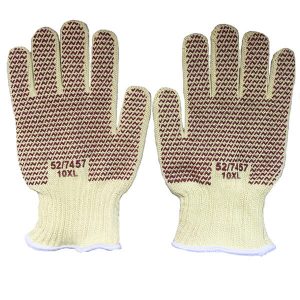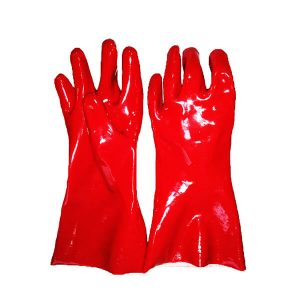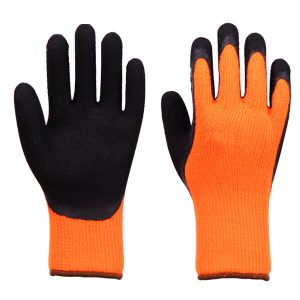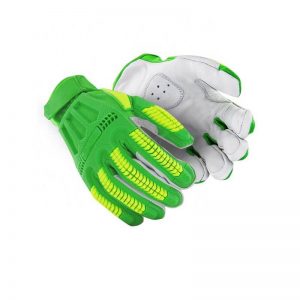Cut-resistant gloves are types of gloves that help protect the arms from all sorts of injuries such as cuts and abrasions. Some cut-resistant gloves may even protect the user from harsh chemicals and burns.
It is important to understand how cut-resistant gloves work because there are a lot of misconceptions that surround them today. About 98% of the cut-resistant work gloves you can find there today are made from materials that are known to be resistant to cuts. Some offer 360-degree protection, meaning, all parts of your hands are protected. These are the types of cut-resistant gloves that are great for applications that subject the hands to a lot of torture.
In some cases, the gloves have been incorporated with a specific type of yarn that has been reinforced with a steel-type material to provide the best benefits. There are usually two types of yarns incorporated in these gloves and they are the HPPE or High-Performance Polyethylene and Para-aramid yarns. These materials already have intrinsic cut resistance properties. If the gloves have these yarns and are used all over the material, you can be assured that they will protect you all over your hands.
There are also higher-quality engineered yarns which are yarns teamed up with a stronger material such as steel. These engineered yarns are more resistant to cuts but might be heavier and bulkier.
When a sharp material such as a knife passes through the material, the material will naturally resist the cut. However, how resistant it is will depend on the placement of the material. For instance, a cut-resistant glove may be effective in deflecting cuts but may not have the same effect when it comes to punctures because punctures do not pass over the material in a horizontal manner but go through it vertically.
Some of the gloves out there have a special kind of coating that provides a semblance of protection against minor cuts. However, no amount of coating can protect your hands from more severe cuts, so make sure you consider this when buying a pair.
When it comes to evaluating the efficacy of a product when it comes to resisting cuts, one has to take into consideration a couple of factors including the sharpness of the blade being used, the direction being used to cut an object, how much force is being exerted, the cut’s length and how flexible the object is. You must take note of these things to determine how a cut-resistant glove will work for you.
Some gloves are incorporated with cut resistance in certain areas only. These are called speciality gloves. For instance, the cut resistance is only found in the palm area or the back of the hands but not on the fingers. You can tell where the cut resistance is by the colour coding. One side might have a different colour compared to the others.




